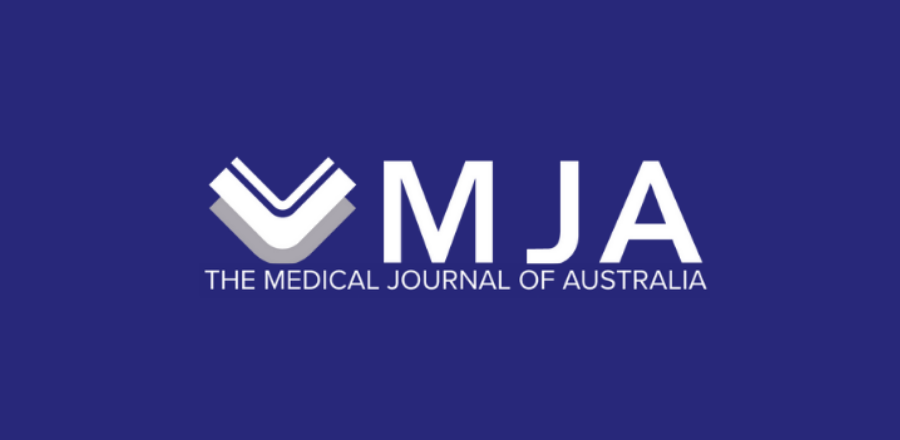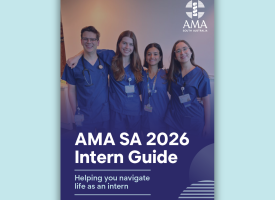Research analyses blockage points in the hospital logjam
Two articles in the MJA this week examine Australia’s overburdened public hospital system.

Two articles in the MJA this week examine Australia’s overburdened public hospital system.
The AMA’s journal—the Medical Journal of Australia (MJA)—this week published two articles examining different aspects of the hospital logjam, elective surgery and ambulance ‘ramping’.
An article on elective surgery waiting lists after the COVID-19 pandemic finds constraints on capacity in our hospitals mean elective surgery and emergency surgery are often competing for theatre access. The authors find theatre access for emergency surgery already fails to meet evidence-based best practice standards in Australia. They argue emergency surgery care should not be further compromised as the health system clears the elective surgery backlog.
The authors say that “prioritising the reduction of elective surgery waiting lists after the COVID‐19 pandemic must not be at the expense of timely emergency surgery care”.
Another article on ambulance ramping analyses the influence of ambulance offload time on 30-day risks of death and re-presentation for patients with chest pain. The evidence suggests that the longer a patient waits while ramped the more they are likely to suffer adverse consequences in the following 30 days, including a higher chance of dying or again needing ambulance transport.



